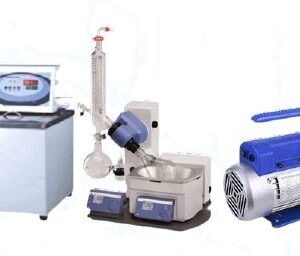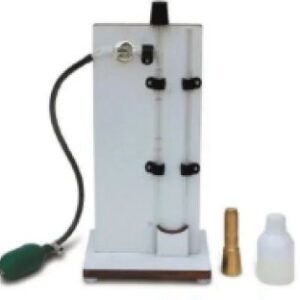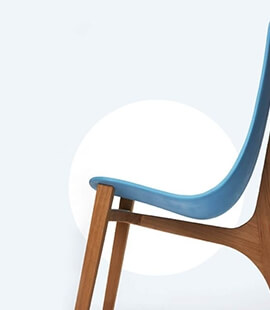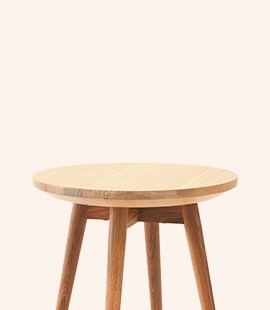BINOCULAR MICROSCOPE
MAKE DINESH SCIENTIFIC
DESCRIPTION
An optical tool called a binocular microscope is used to magnify and observe small objects or specimens that are invisible to the unaided eye. It is frequently employed in a variety of laboratory settings, scientific research, and teaching. The main characteristics and parts of a binocular microscope are described as follows:
HEAD BINOCULARS:
- Two eyepiece tubes make up the binocular head, which enables natural and comfortable stereoscopic vision. With the use of this capability, people may see specimens in three dimensions and with less strain on their eyes.
EYEPIECES:
- Usually, a binocular microscope has two eyepieces, one for each magnifying lens. The magnified image created by the objective lenses is viewed through these eyepieces.
OBJECTIVE LENSES:
- The objective lenses are situated on a nosepiece that rotates.
PHASE:
- The specimen is positioned for inspection on the stage, which is a level platform. It frequently consists of clips or a mechanical stage with knobs that allow the specimen to be precisely moved in both the X and Y dimensions.
ADJUSTING COARSE AND FINE FOCUS:
- The focus of the objective lenses of the microscope is adjusted by coarse and fine adjustment knobs. The coarse adjustment is used to focus initially, and the fine adjustment enables more accurate focusing.
CONDENSER
- Light is focused and concentrated onto the specimen using the condenser, which is situated under the stage. A diaphragm for the aperture is frequently used to regulate the quantity of light that reaches the specimen.
LIGHTING:
- Different lighting sources, such as external light sources or built-in LED lights, are available for binocular microscopes. Sufficient lighting
TECHNICAL DETAILS:
MODEL |
DS-BM-10 |
| Optical System | Employing an optical system with infinity correction. |
| Nosepiece | Features a quadruple revolving nosepiece with inward tilt, along with a rubber grip. |
| Eyepiece | Paired wide-field eyepiece of 10x with a field of view of 20 mm. It includes a diopter setting of +/- 5, available on one eyepiece position. |
| Stand & Body | Crafted with an ergonomic hexagonal base for stability and comfortable use. The body is constructed from aluminum die-cast, incorporating critical movements based on ball bearing mechanisms. |
| Condenser | Equipped with an Abbe Condenser featuring an aperture iris diaphragm (NA 1.25), focusable with rack & pinion movement through 20 mm. |
| Focusing System | Equipped with co-axial coarse and fine focusing controls on both sides. It includes an upper limit locus stopper to prevent contact between the objective and specimen during higher magnification. The focusing knob is built-in and torque-adjustable. |
| Transmitted Illumination | Illuminated with LED lights having a lifetime of 30,000 hours. The gradual glow of LED illumination helps prevent instant eye strain. |
| Observation Tube | Binocular observation tube is inclined at 30 degrees on the side and top. It has a 360-degree rotatable head with additional protection for the rotation of the observation tube. |
| Objectives | Utilizes interchangeable and parfocal Plan Achromat Objectives, including 4x/0.10, 10x/0.25, 40x/0.65 (Spring), and 100x/1.25 (Spring, Oil). All optics are treated anti-fungus. |
| Battery Backup | Designed operated by both battery and electricity, providing a of 4 hours of battery backup. |
| Mechanical Stage | Mechanical stage allows for X & Y movement, with a travel range of 50 mm X 76 mm and a stage size of 125 X 145 mm. It includes a dual slide holder for scanning two slides consecutively. |












Reviews
There are no reviews yet.